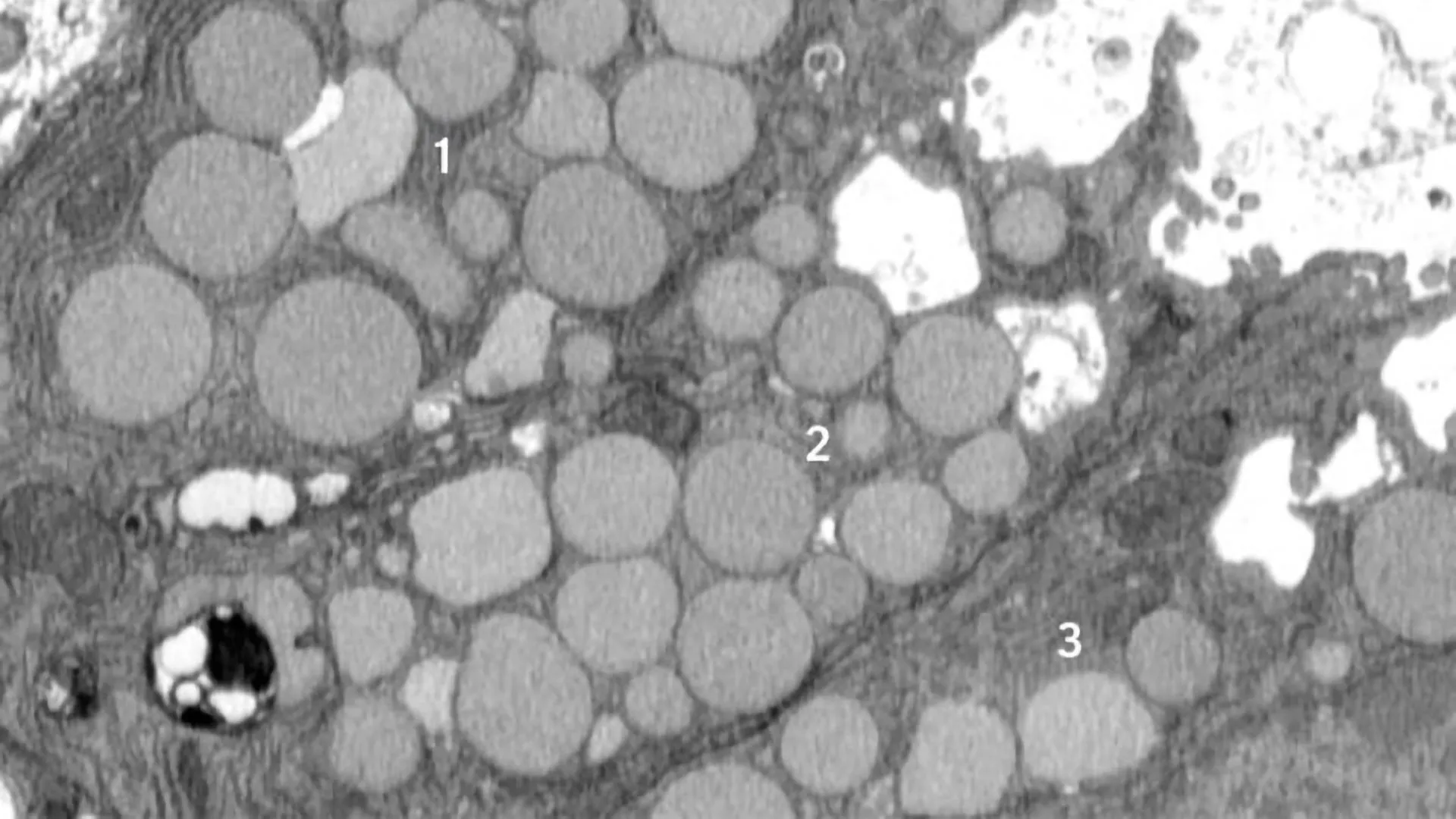Now Reading: Cells Found to Expel Waste in Process Linked to Healing and Cancer Growth
-
01
Cells Found to Expel Waste in Process Linked to Healing and Cancer Growth
Cells Found to Expel Waste in Process Linked to Healing and Cancer Growth

Quick Summary
- Researchers at Washington University School of Medicine and Baylor College of Medicine have discovered a novel cellular process called cathartocytosis.
- Cathartocytosis helps injured cells rapidly return to a stem cell-like state by purging mature cellular machinery, aiding tissue repair in mice wiht stomach injuries.
- This “cellular cleansing” enables faster healing but comes with potential risks, such as contributing to chronic inflammation or increasing cancer risks due to accumulated waste products.
- The cellular process was observed during paligenosis, where damaged cells revert to an immature state resembling stem cells for repair.
- Scientists developed antibodies that detect the waste ejected during cathartocytosis, suggesting its use as a marker for precancerous states and chronic injuries in gastrointestinal (GI) diseases.
- Implications for treating conditions like Helicobacter pylori infections-associated with ulcers and stomach cancer-are under investigation.
Indian Opinion Analysis
The discovery of cathartocytosis adds notable depth to our understanding of cellular injury responses. While offering promising pathways for accelerated healing via stem-cell-like reprogramming, its association with inflammatory states highlights the delicate interplay between regeneration and cancer risk. In India, these findings could be especially relevant given the high prevalence of helicobacter pylori infections and associated gastric cancers among populations. Developing diagnostic tools targeting cathartocytosis markers could enable early detection strategies within under-resourced healthcare systems. However,researchers must remain cautious in balancing therapeutic benefits against potential risks like mutation propagation or inflammatory damage over time-a critical consideration before moving toward clinical applications globally or within India.

























